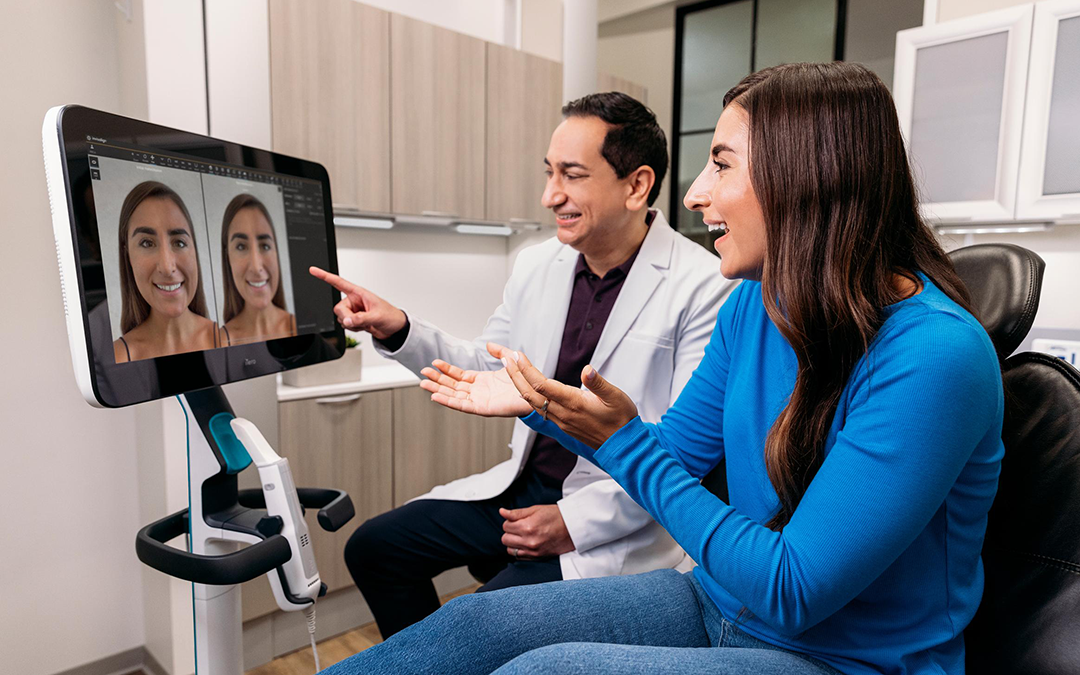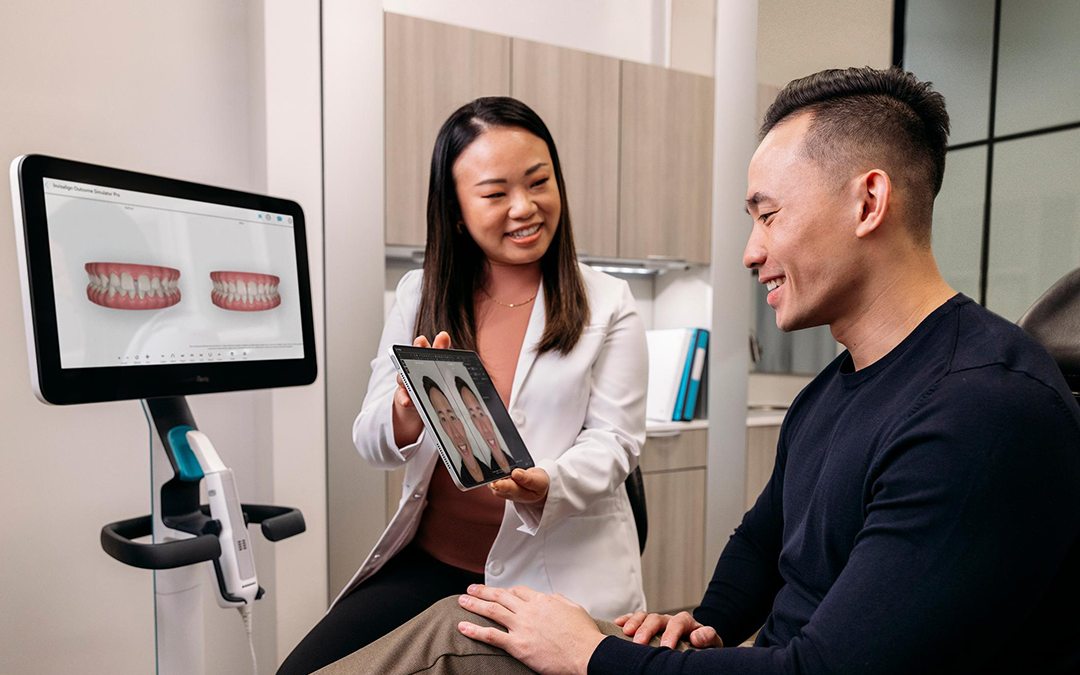Have your crooked teeth gone from “makes me unique” to “makes me self-conscious?” If so, you’re not alone. Crooked, misaligned teeth are common in both children and adult.1 Just because they are common doesn’t mean you have to live with them. Today, there are many options available for aligning crooked teeth and helping you get the smile you’ve always wanted.
Learning why teeth become crooked and what can be done to straighten them will help you and your orthodontist work together to give you a smile you can be proud of.
What causes crooked teeth?
Sometimes we’re “born” with crooked teeth, sometimes teeth become crooked over time, and sometimes our teeth become crooked because of things we do or that happen to us.
Genetics
Some of the traits we inherit from our parents can make us more susceptible to crooked teeth. This is particularly true with inherited traits related to jaw size.
Jaw size
As humans have evolved, our jaws have gotten smaller. This has led some people to suspect that our new, smaller jaws can be more prone to crowded teeth, crooked teeth, and misaligned teeth.1
Jaw alignment
If your upper and lower jaw are out of alignment, this can contribute to crooked teeth and other misalignments to appear.1
Baby teeth
Spacing or crowding issues related to your baby teeth can affect whether or not your permanent teeth will be crooked when they come in.
Bad habits
Whether it’s something you’re doing now or something you did as a young child, bad habits can cause your teeth to become crooked. These habits include activities like thumb sucking,2 tongue thrusting,3 and mouth breathing.4
The problem with habits like thumb sucking (or pacifier sucking) is that it can create repetitive, sustained pressure on the teeth and mouth.2 Over time, this can lead to teeth and the jaw to move out of alignment.
Poor oral hygiene habits can also cause crooked teeth. Plaque can build up when you don’t brush and floss regularly. Over time, this plaque build-up can lead to gingivitis and ultimately gum disease. Gum disease can cause your teeth to move away from one another or change how your teeth fit together.5
Trauma or injury
Sometimes teeth become crooked because of things that happen to us. This is particularly true with respect to injuries that impact your teeth.
When you feel self-conscious about your teeth because they don’t line up correctly, it can affect your self-esteem, your mental health, and even your physical health
Self-esteem
Crooked teeth can affect how we see ourselves and the way we interact with others. Crooked teeth can be a source of embarrassment or self-consciousness.6
Physical health
Crooked teeth can take a toll on our physical well-being, as well as our mental well-being. Crooked teeth are harder to clean effectively, making health issues such as tooth decay, gum disease, and other oral health issues more likely.7 The health implications aren’t just limited to your mouth. Left untreated, conditions like periodontal disease have been linked to heart disease and increased risk of heart attack.8
Injury risk
Crooked teeth are more likely to be damaged due to injury.9 The good news is, it’s never too late to align healthy teeth.10




